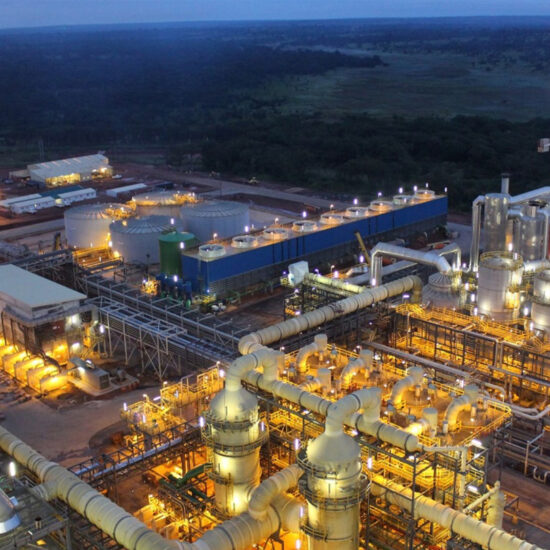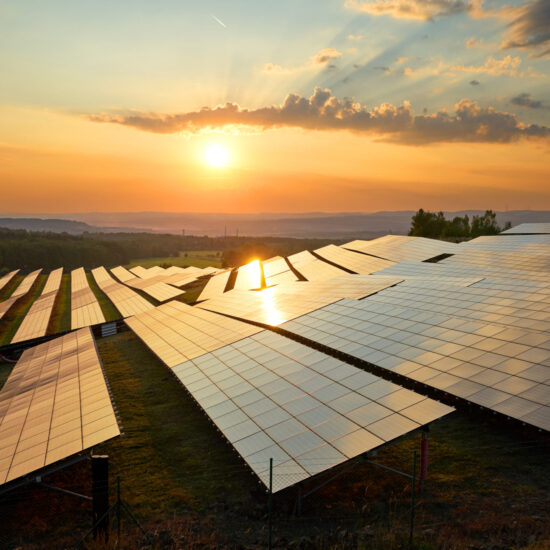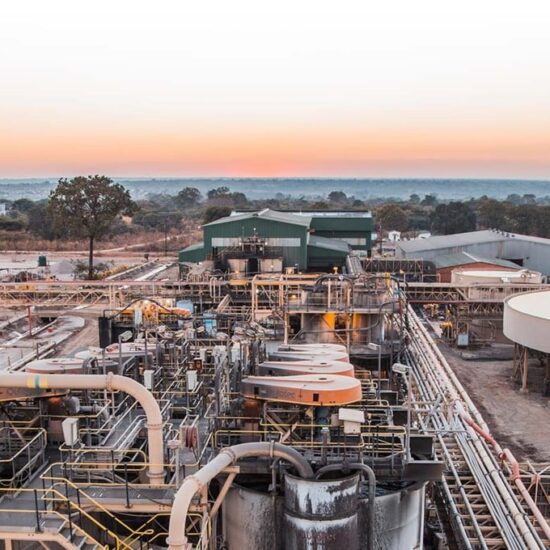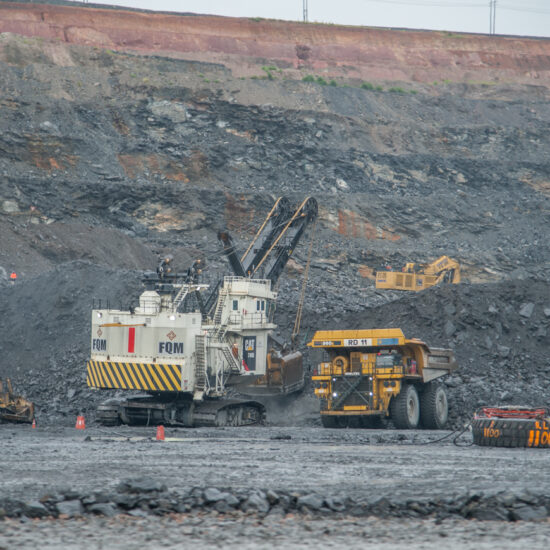Zambia is set to start commercial Uranium production in 2027. GoviEx Uranium, the company with mining rights has exclusively confirmed that the company is expected to secure the project financing and start construction at Muntanga Uranium Mine once the bankable feasibility study is completed.
GoviEx Uranium Head of Investor Relations and Corporate Communications Isabel Vilela disclosed that the Company aims to deliver a bankable Feasibility Study for the much expanded Muntanga Uranium project by next year in 2024. The mine is located in Siavonga district of Southern Province.
Vilela explained that the Muntanga project was permitted in 2010, just before uranium prices collapsed to $16/lb, below the industry cost of production following the Fukushima nuclear incident in Japan in 2011, adding that they only acquired the project at the end of 2016, when uranium prices were still below the industry cost of production.
She told the Zambian Business Times – ZBT that that the original 2010 mining permit was based on a 20Mlb U3O8 mineral resource which has now been expanded to 60 Mlbs. Vilela said this highlights the fact that the Company focused on expanding the project and optimizing it to improve its potential economics and hence accelerated its development timeline during the period of low uranium prices.
“As you may understand, this is a complex process that involves multiple factors working in tandem. Typically, a mining project commences construction a few years after the completion of a Feasibility Study, subject to the duration required to secure financing.” She said.
She added that GoviEX is also updating the Environmental and Social Impact Assessment – ESIA to an International Financial Corporation (IFC) standard, in line with current international best practices. Vilela stated that this total process usually takes approximately 3-4 years to complete with the first uranium production targeted for 2027/2028. Uranium production can add to resolving the energy deficit Zambia continues to grapple with whenever water levels drop on the back of hydro power over-dependence.







